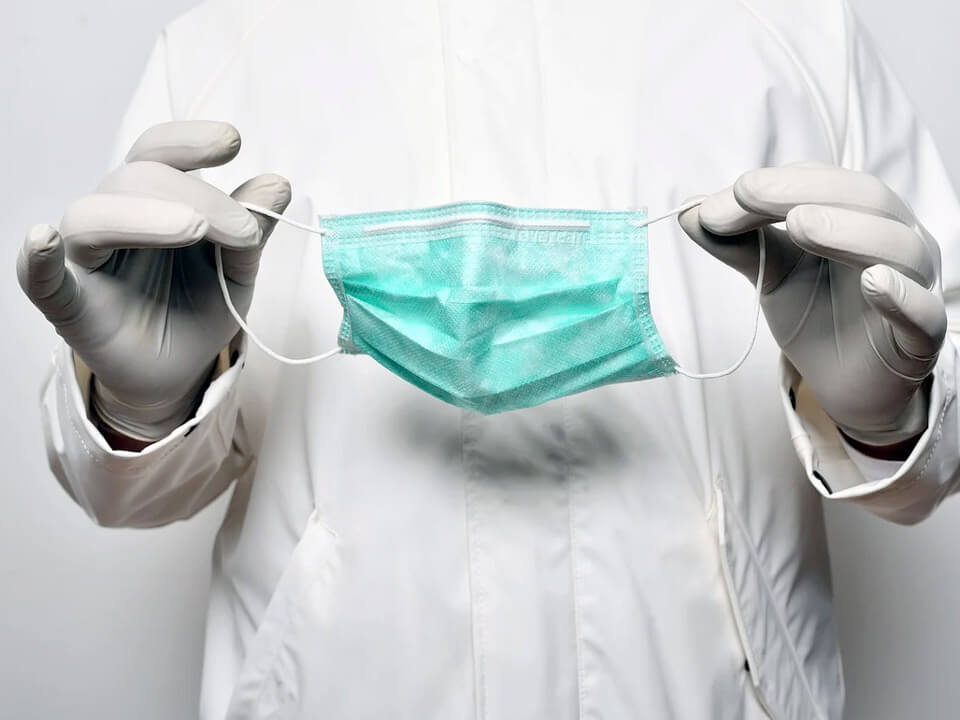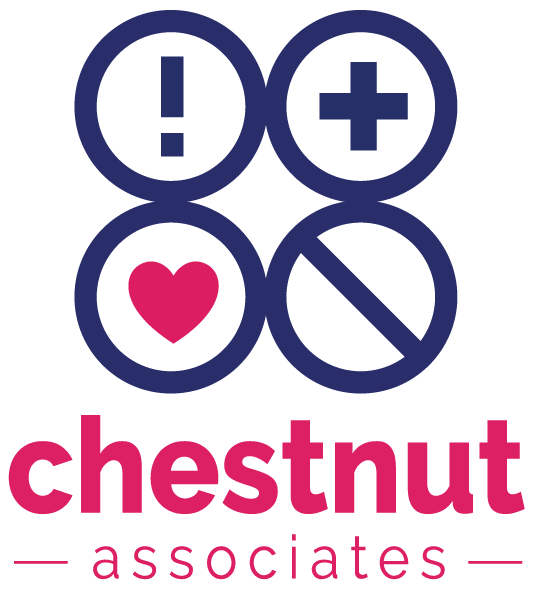Why Is Protective Equipment Important at a Workplace?
When it comes to workplaces and job sites, safety should always come first.
 Personal safety should never be compromised or dismissed in favour of some other aspects of the job, such as financial, for example.
Personal safety should never be compromised or dismissed in favour of some other aspects of the job, such as financial, for example.
Safety and protective clothing/equipment keeps the entire project running more smoothly and allows everything to be done more efficiently and without the unnecessary hazards. Workplace injuries can happen but can be prevented and decreased in number if proper precautions are taken.
All businesses and business owners in the sectors that require it, such as construction, should adhere to the rules and safety regulations and provide their workers with the corresponding personal protective equipment (PPE). This way, the workers are protected, a possibility of injuries and illnesses is significantly decreased, and the businesses and companies can avoid potential disputes, liability issues and fines.
The recommended equipment that ensures best workplace safety includes equipment such as hard hats, safety glasses or goggles, work gloves, safety footwear, face mask, respirator, ear defenders or earplugs, overalls etc. Depending on the nature of the job and workplace, workers should wear a mixture of them.
Protective equipment for the head, eyes and face
When it comes to a head, it is the most important part of your body that should be protected. It also includes some of the most critical and delicate parts such as eyes and ears, what is also a priority when it comes to safety and protecting them properly. The equipment includes head protection, hearing protection, eye and face protection, and respiratory protection. Here are some of the basic pieces of equipment.
Hard Hats
Protective hats keep workers safe from any possible head injury at a workplace, such as any kind of impact, and flying or falling objects, as well as from burns and electrical shock.
Earplugs/ear defenders
Whenever there is a possibility of some hearing damage, when the noise levels or the duration of exposure to that noise cannot be reduced, the workers are required to have some kind of protection for their ears, such as earplugs.
Safety Glasses and Face Masks
These pieces of PPE are required whenever there is a risk of exposure to some dangerous chemicals, flying particles, gases, vapours, and any dangerous liquids that could cause damage to the eyes or other parts of the face and skin.
Protective equipment for Feet and Legs
Safety equipment for your feet and legs is also of great importance, especially if your workplace involves walking on unstable objects, hazardous surfaces, or working at heights. Protective footwear is designed to prevent major injuries such as falling and slipping, electrical hazards, sharp objects, heavy objects falling on the foot, etc.
Working at heights, for example, should involve slip-resistant shoes, i.e., shoes with slip-resistant soles, hard materials that protect the foot from falling objects and metal protection for the toes. And on top of it all, they should also be comfortable enough for whole day work.
When it comes to the health of workers, the shoes have to be comfortable and also made in the way that they offer enough support for your feet. Standing on your feet all day and working can be hard for your feet as well as for your back and posture. Quality of the soles is also very important. They should be strong and flexible, but also shock-absorbent. The entire shoe should be made out of natural, breathable material to keep the foot fresh and repel the water.
Best workplace safety is achieved by using a proper, recommended gear. Safety regulations are there to prevent accidents and injuries, or at least to make sure their number is significantly decreased. They protect both the workers and their employers and also ensure maximum safety and project efficiency. Some of the basic and best pieces of protective equipment any workplace should include are hard hats, earplugs, goggles, safety shoes, face masks and others, depending on the nature of the job site.
The Importance of Personal Safety Equipment in the Workplace
Personal safety equipment is important for both the safety of employees as well as the company. Hard hats, safety gloves, and other devices can make a huge impact on your personal well-being.
But what are some of the most commonly used safety equipment? How exactly does it go about keeping you safe? Read on to learn more about the history of PPE and discover the important role personal protective equipment has played in the workplace.
The history of workplace PPE
While the history of personal protective equipment dates back beyond modern times, it wasn’t until 1970 that the US Government passed the Occupational Safety and Health Act. From that day, it put forth a new era where the entire US workforce would become protected from job-related injuries, illness, and even death.
After OSHA became established in 1971, the new agency set forth on a unique mission. To create a thorough program which would meet the legislative intent of the Occupational Safety and Health Act. After creating the program, they then went on to define the appropriate list of PPE for every job description a company could have. Since then, OSHA has continued to make extravagant advances in workplace safety and safety equipment.
Personal protective equipment
Even though laws have passed requiring the use of personal safety equipment, accidents still occur every year. But what are the most commonly used PPE that can keep skilled staff safe while on the job?
Head protection
Most common on constructions sites. Design to protect your head from falling objects such as equipment or materials. Protective head wear has protected workers for years from objects that would otherwise impact or penetrate them.
While some hard hats cover only your head, they can become quite intricate. Options are available offering extra protections with face shields, earmuffs, and more. For optimal protection, it’s important to wear head protection that is well-fitted and fits snugly on your head.
Eye and face protection
As important as head protection, staff should take precautionary measures to keep their eye and face safe too. Products such as full-face shields protect your face from flying debris. Eye protection like safety goggles are necessary for staff who work with metal, wood, and hot temperatures.
Hand and skin protection
Important in just about every line of skilled labour, hand and skin protection can literally save the skin on your hands. Typically required by all jobs in the construction industry, it’s important to have adequate PPE such as gloves to avoid skin injury. Use hand and skin protection that help you avoid occupational hazards. Good skin protection would include rubber gloves, cut-resistant gloves, and heat-resistant gloves.
Respiratory protection
If you work on a site where toxic substances are present, it’s important to wear proper respiratory protection. You’ll want to keep vital organs like your lungs in good working order. Remember, just because you can’t see something doesn’t mean it can’t hurt you. PPE like respirators are not only designed to protect you from paint spray and dust, but they can also protect you from other danger. These can include substances such as pesticides, fumes, and other hazardous contaminants.
While those in the workforce may not be able to escape dangerous conditions all the time, you can do your best to protect yourself. Doing so, you’ll be able to take part in the workforce longer, get out alive, and remain safe healthy.
If you need any further information about what PPE you need to wear please contact us today on 07770 302504 or email joanne@chestnutassociates.co.uk


